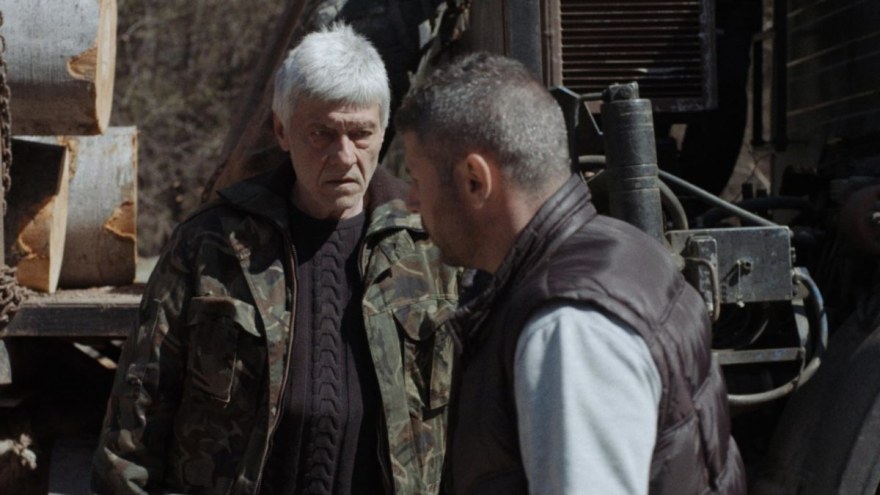Dinner with Gorata na Dimo [Dimo’s Forest]
An interview with Hristo Simeonov, director of Gorata na Dimo [Dimo’s Forest]
Why did you want to make a film in the forest environment?
I grew up in a small village in a region just like the one in the film. And 3 years ago, I found out that the forest in my village was destroyed by a private concessionaire. This man remained unpunished by the law. I was very affected. At the same time, my co-writer K. Tsonev started sending me articles about the problems in the forestry sector and we decided that this is something that we are both excited about. In Bulgaria, corruption in the forestry sector is a huge problem. The political transition period, which has taken a quarter of a century already, raised entire generations without any respect for the law and moral values.
How did you shoot the animal scenes?
With my DOP, V. Hristov, we spent several days in the woods trying to shoot the deers with various lenses, but the quality of the shoots wasn’t satisfactory. In the end, we were able to capture an animal in the Forestry yard, a female deer which was accustomed to the presence of people and allowed us close to her. It was a question of patience and luck.
How much are you interested in the question of abuse of strength and do you have further projects on this subject?
The abuse of strength interests me as much as I see it around myself. In the place where I grew up this is happening every day. For the film, I wanted someone to abuse of his strength in each scene. I try to create something that relates to real-life experience.
Why is Dimo’s forest so masculine? Where are women?
The film’s whole environment fits more to men. In fact, there was a long scene with a girl at the bar, but it dropped out during the edit.
Did you create Dimo’s forest as a whole or could it be part of a larger project?
My first intention to show the world of forest rangers trying to protect nature in corrupt system was through a feature film. But it wasn’t the right time – I didn’t feel ready for that, so the idea of Dimo’s Forest came in. The experience with the short was very useful, because now I can see that my intention is on the right way; I’m more familiar with the subject and I feel the need to tell more, to go deeper. I’m working on a feature film on the same subject, but with different stories and characters.
Would you say that the short film format has given you any particular freedom?
If the short film format has its own rules, I haven’t learned them yet. I tried, but in the end, I always return to my innate instincts of storyteller.
Gorata na Dimo [Dimo’s Forest] was selected in the International competition (I11).








